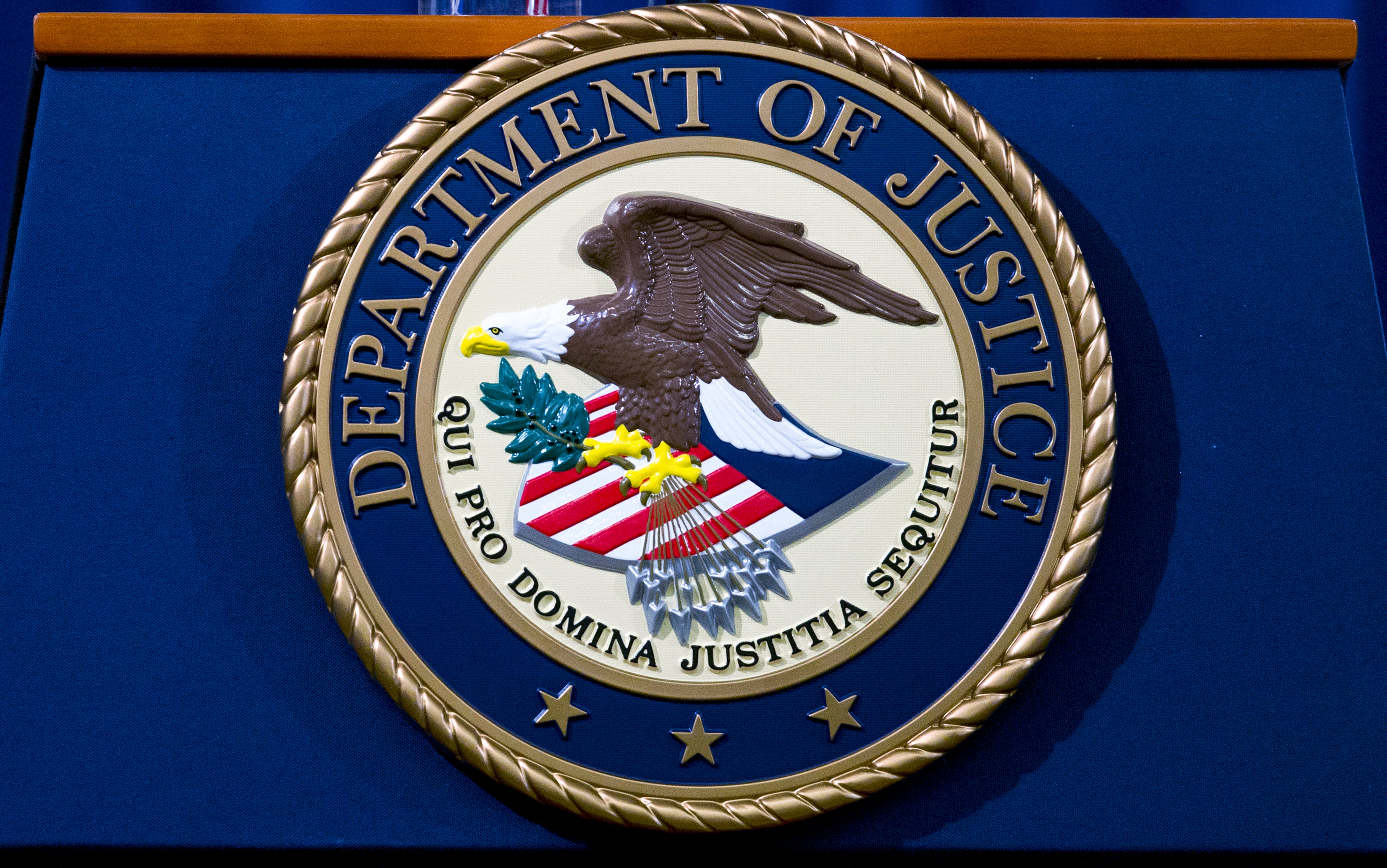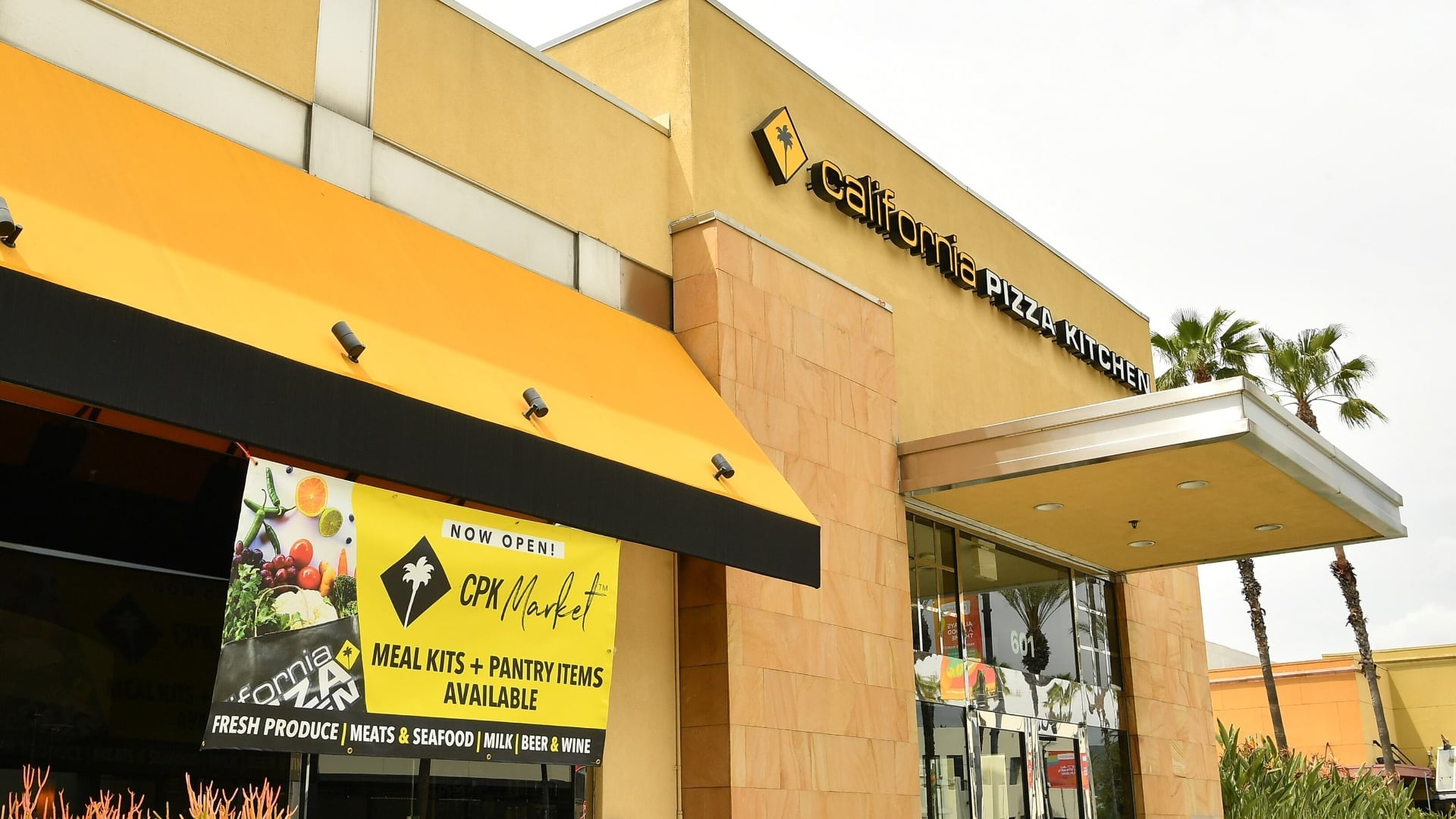Keeping it dry all January long is a tough sell for many social drinkers, but it's not the only option if your goal is just to cut back, even a little, on alcohol consumption.
Derek Correia, president of ReserveBar, an online marketplace for spirits, stopped by Cheddar News to provide some tips on keeping it "damp" or "moist" for the first month of the year.
"Dry is an all-in commitment," he said. "Whereas moist January is, hey, I'm going to be more mindful of my drinking."
Of course, one person's damp is another's soaking wet. So what's the right balance?
Correia said every person has to set their own goals. Maybe that means only drinking over the weekend or during a Sunday football game or saving up for a big fishing trip.
He also recommended that drinkers consider a low-alcohol option, such as Aperol or Campari, which have gotten significantly more popular in recent years.
"The Aperol spritz, people like it because it's delicious," Correia said. "But they also know when they're drinking them, each drink has a little bit less [alcohol] in it, right?"
Mocktails are also an option, if you really want to cut out alcohol all together.
Correia noted that there is a growing number of zero-alcohol substitutes for popular drinks, such as the espresso martini. "Nobody's giving up alcohol and caffeine," he said.












